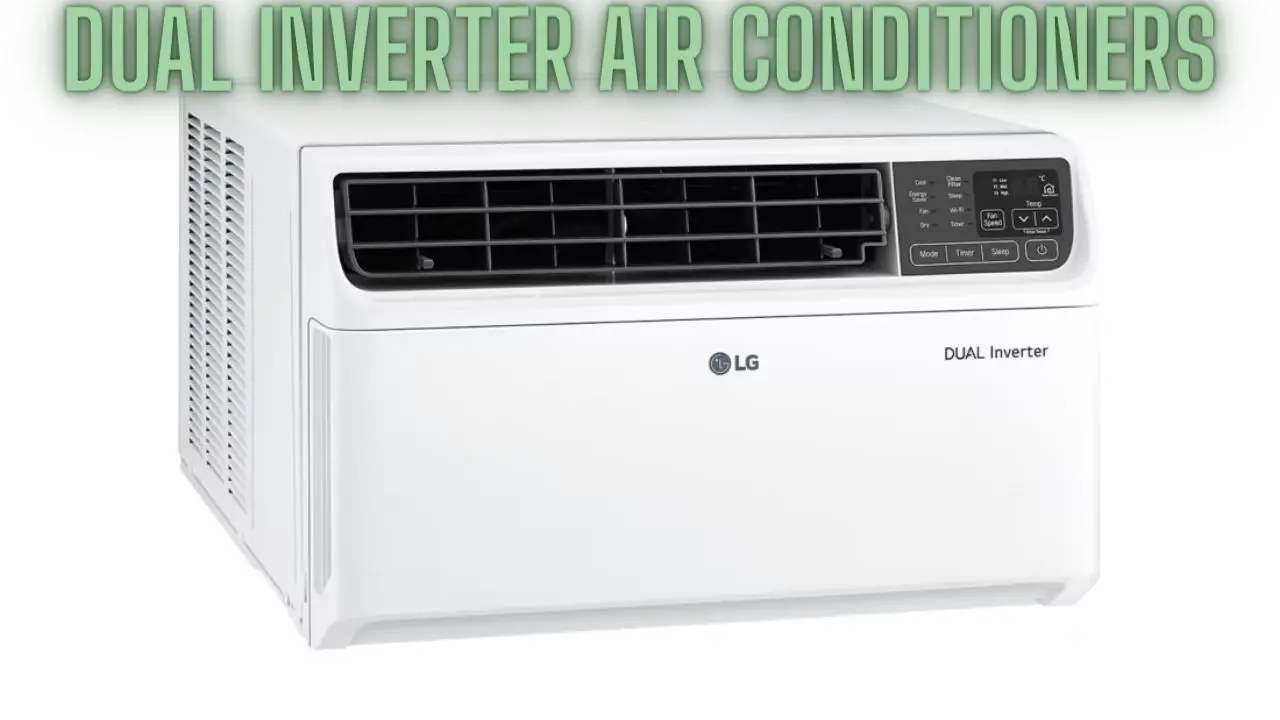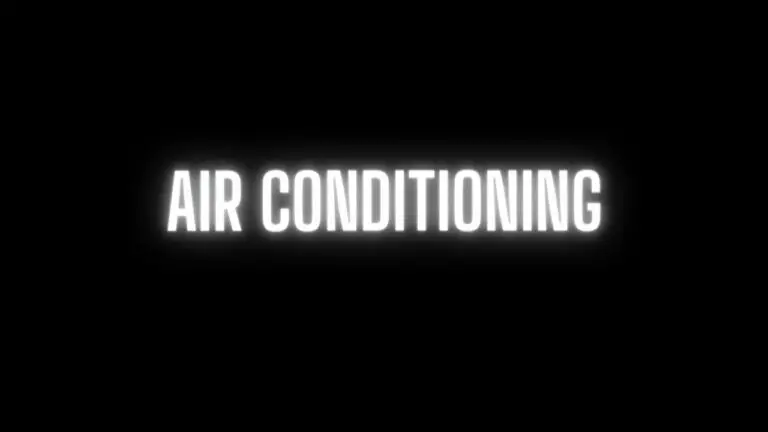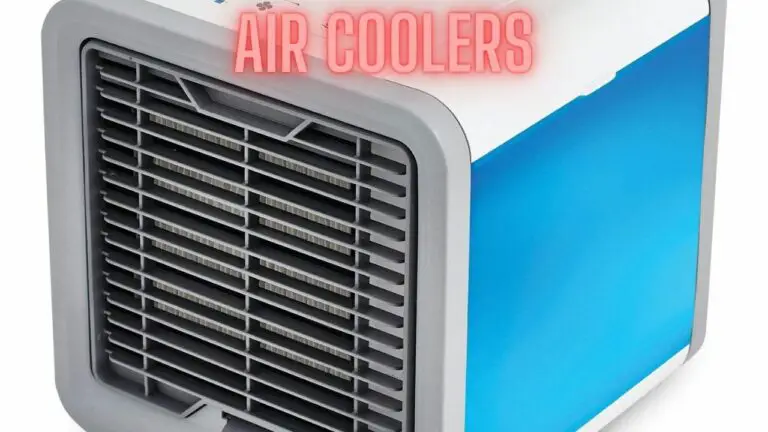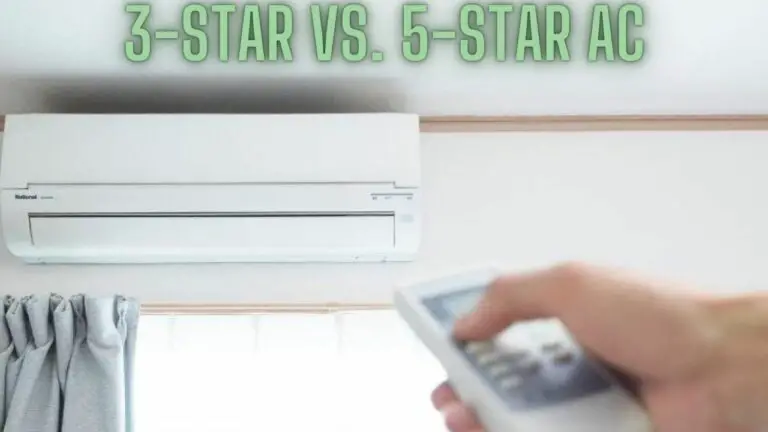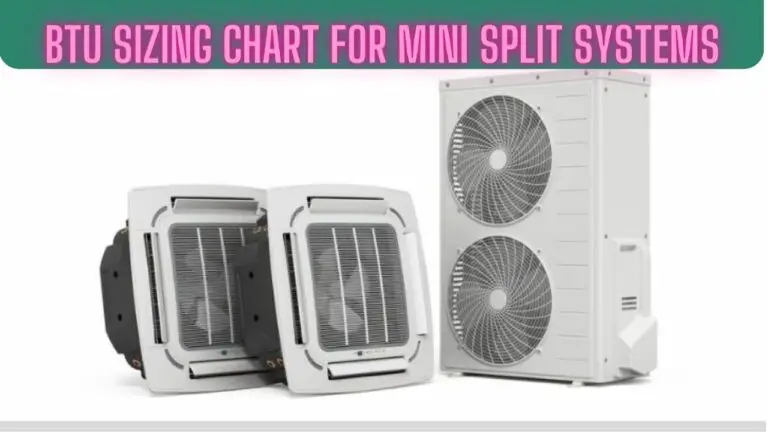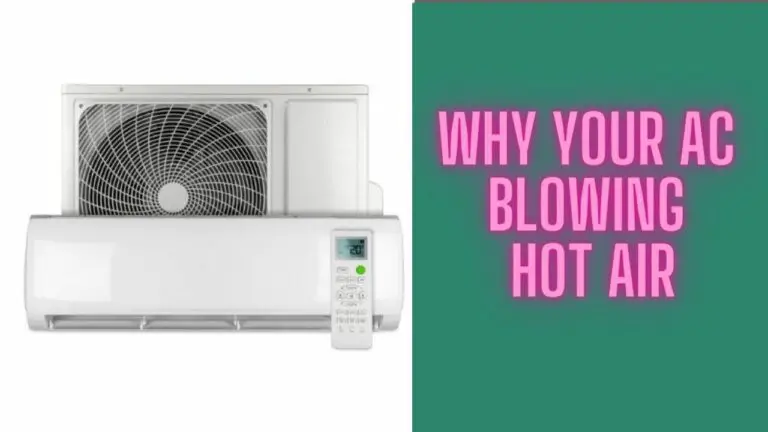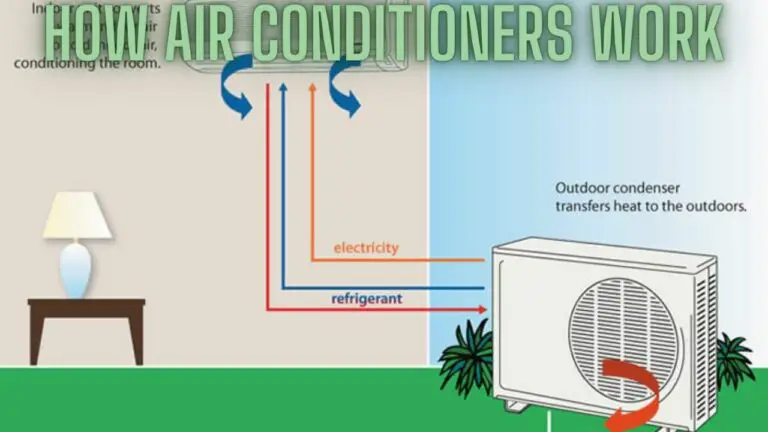Exploring Dual Inverter Air Conditioners: Technology, and Advantages
1. Introduction
Air conditioning has become an integral part of modern living, offering respite from scorching summers and providing comfort throughout the year. Among the various types of air conditioners, Dual Inverter ACs have gained popularity for their advanced technology and energy-efficient performance. In this comprehensive 3000-word guide, we will delve deep into Dual Inverter ACs, uncovering their working principles, advantages, considerations for purchase, and their impact on energy efficiency and environmental sustainability.
Air conditioning has transformed our ability to create a comfortable indoor environment in homes, offices, and commercial spaces. As our reliance on air conditioning systems has grown, so has the need for more energy-efficient and environmentally friendly options. Dual Inverter Air Conditioners, with their innovative technology and enhanced efficiency, have emerged as a significant advancement in the world of cooling solutions. This guide will explore the intricacies of Dual Inverter ACs, their benefits, and their contribution to energy efficiency and sustainability.
2. What Is a Dual Inverter AC?
2.1 Understanding Inverter Technology
To comprehend Dual Inverter ACs, it’s essential to grasp the concept of inverter technology. Traditional air conditioners operate on a binary principle: they are either running at full capacity or turned off. In contrast, inverter technology allows for variable-speed operation, meaning the compressor can adjust its speed to match the cooling requirements of the room accurately.
In an inverter AC, the compressor’s speed can vary continuously to maintain the desired temperature, making it significantly more energy-efficient compared to non-inverter models. It avoids the constant starting and stopping of the compressor, which consumes excess energy.
2.2 The Dual Inverter Advantage
A Dual Inverter AC takes this efficiency to the next level by incorporating two rotary compressors, each with its own inverter control. This dual-compressor system enhances the AC’s performance and stability. When the cooling load is low, only one compressor operates at a lower speed, while both compressors run at higher speeds during peak cooling demand.
The Dual Inverter technology ensures a more precise and efficient response to temperature fluctuations, resulting in consistent comfort and substantial energy savings.
3. How Dual Inverter ACs Work
3.1 The Role of Compressors
The compressor is the heart of any air conditioning system. In traditional ACs, a single compressor works at full capacity to cool the room. When the desired temperature is reached, the compressor shuts off until the temperature rises again, leading to frequent starts and stops.
In a Dual Inverter AC, there are two compressors, each with its own inverter control board. One compressor operates at a low speed to maintain a baseline cooling capacity, while the second compressor can kick in when additional cooling power is required. This dynamic operation eliminates the need for constant on-off cycles, improving efficiency and reducing wear and tear on the system.
3.2 Continuous Cooling
One of the primary advantages of Dual Inverter technology is its ability to provide continuous cooling. Traditional ACs tend to produce temperature fluctuations due to frequent starts and stops. Dual Inverter ACs, on the other hand, maintain a more consistent and comfortable indoor temperature by continuously adjusting the compressor speed to match the cooling demand.
3.3 Variable Speed Compressors
Dual Inverter ACs use variable-speed compressors, which can operate at a range of speeds depending on the required cooling capacity. When the outdoor temperature is scorching, and the indoor space needs rapid cooling, both compressors can run at higher speeds to deliver maximum cooling power. In contrast, during milder conditions, the AC can operate with just one compressor at a lower speed, conserving energy.
This variable-speed operation not only enhances comfort but also significantly improves energy efficiency, as the AC is not always running at full capacity.
4. Advantages of Dual Inverter ACs
4.1 Energy Efficiency
One of the most significant advantages of Dual Inverter ACs is their exceptional energy efficiency. They can save up to 50% more energy compared to non-inverter models. The ability to adjust compressor speed and maintain a steady temperature ensures that the AC only consumes the necessary amount of electricity, reducing your energy bills significantly.
4.2 Reduced Noise Levels
Dual Inverter ACs operate more quietly than traditional models. The absence of frequent starts and stops and the ability to run compressors at lower speeds result in reduced noise levels. This makes them ideal for bedrooms, living rooms, and offices where noise can be a distraction.
4.3 Faster Cooling
The dual-compressor system in Dual Inverter ACs allows for rapid cooling when needed. Both compressors can work at high speeds to cool down a room quickly. This is particularly beneficial during sweltering summer days when you want immediate relief from the heat.
4.4 Extended Lifespan
Because Dual Inverter ACs do not experience the wear and tear associated with constant cycling on and off, they tend to have a longer lifespan. The reduced mechanical stress on the components can result in a more durable and reliable system.
4.5 Environmental Benefits
Dual Inverter ACs are not only efficient but also environmentally friendly. Their reduced energy consumption means lower greenhouse gas emissions, contributing to a smaller carbon footprint. Additionally, some models use eco-friendly refrigerants, further reducing their impact on the environment.
5. Factors to Consider When Purchasing a Dual Inverter AC
Choosing the right Dual Inverter AC involves considering several factors to ensure it meets your specific cooling needs and preferences. Here are some key factors to keep in mind:
5.1 Room Size
The size of the room or space you intend to cool is a crucial consideration. Ensure that the AC’s cooling capacity matches the room’s size to achieve optimal performance. Manufacturers provide guidelines for selecting the right capacity based on room dimensions.
5.2 Energy Efficiency Ratio (EER)
Check the Energy Efficiency Ratio (EER) of the Dual Inverter AC. Higher EER ratings indicate greater energy efficiency. Look for models with higher EER values to maximize energy savings.
5.3 Brand and Warranty
Research and choose reputable brands known for their quality and reliability. Additionally, consider the warranty offered with the AC. A longer warranty period can provide peace of mind and protection against potential issues.
5.4 Installation and Maintenance
Proper installation and regular maintenance are essential for the efficient operation of a Dual Inverter AC. Ensure that the AC is installed by a certified technician, and schedule routine maintenance to keep the system in top condition.
6. Maintenance and Care for Dual Inverter ACs
6.1 Cleaning and Maintenance
Regular cleaning of air filters, coils, and condensate drains is crucial to ensure the efficient operation of a Dual Inverter AC. Dust and debris accumulation can reduce performance and indoor air quality. Follow the manufacturer’s maintenance guidelines for cleaning and care.
6.2 Professional Servicing
Schedule annual or biannual professional servicing of your Dual Inverter AC. A qualified technician can inspect the system, check refrigerant levels, and perform any necessary repairs or adjustments to maintain peak efficiency.
7. Dual Inverter ACs and Environmental Sustainability
7.1 Energy Efficiency and Reduced Carbon Footprint
Dual Inverter ACs contribute to environmental sustainability by reducing energy consumption. Their ability to operate at variable speeds and maintain consistent temperatures leads to lower carbon emissions. As more consumers choose energy-efficient ACs, there is a positive impact on reducing the overall energy demand on the grid.
7.2 Refrigerants and Eco-Friendly Practices
Many Dual Inverter ACs use eco-friendly refrigerants with lower Global Warming Potential (GWP). These refrigerants have a reduced environmental impact compared to older refrigerants with higher GWP. Additionally, responsible disposal practices for old AC units can prevent refrigerants from entering the atmosphere.
7.3 Responsible Disposal
When it’s time to replace your Dual Inverter AC, make sure to dispose of the old unit responsibly. Many components can be recycled, and refrigerants can be safely recovered and reclaimed to prevent environmental harm.
FAQS
What is a Dual Inverter Air Conditioner (AC)?
- A Dual Inverter AC is an air conditioning system that utilizes inverter technology with two rotary compressors, each equipped with its own inverter control. This technology allows for variable-speed operation, enhancing energy efficiency and providing consistent cooling.
How does Dual Inverter technology work in an AC?
- Dual Inverter technology uses two compressors that can adjust their speed independently based on cooling demands. One compressor operates at a lower speed for maintaining a baseline cooling capacity, while the second one can activate at higher speeds when additional cooling is needed. This results in precise and energy-efficient temperature control.
What are the advantages of Dual Inverter ACs?
- The advantages of Dual Inverter ACs include:
- Exceptional energy efficiency, saving up to 50% more energy compared to non-inverter models.
- Reduced noise levels due to continuous operation and variable-speed compressors.
- Faster cooling, especially during high-demand situations.
- Extended lifespan due to reduced wear and tear.
- Environmental benefits through lower energy consumption and potential use of eco-friendly refrigerants.
Are Dual Inverter ACs more expensive than traditional ACs?
- Dual Inverter ACs often have a higher upfront cost compared to non-inverter models. However, their energy efficiency can result in significant long-term savings on electricity bills, making them a cost-effective choice over time.
Do Dual Inverter ACs require special maintenance?
- Dual Inverter ACs require regular maintenance, including cleaning air filters and coils. Professional servicing by a certified technician is also recommended to ensure efficient operation.
Can a Dual Inverter AC be used in both residential and commercial settings?
- Yes, Dual Inverter ACs are suitable for both residential and commercial spaces. They can efficiently cool various room sizes and offer the benefits of energy efficiency and comfort in both settings.
Are Dual Inverter ACs quieter than traditional ACs?
- Yes, Dual Inverter ACs are generally quieter than traditional ACs because they operate continuously and use variable-speed compressors. This reduces the noise associated with frequent starts and stops.
How can I select the right Dual Inverter AC for my room size?
- To choose the right Dual Inverter AC, consider the manufacturer’s guidelines for cooling capacity based on your room’s dimensions. Ensure that the AC’s cooling capacity matches the size of the space you intend to cool for optimal performance.
Do Dual Inverter ACs contribute to environmental sustainability?
- Yes, Dual Inverter ACs contribute to environmental sustainability by reducing energy consumption. Their energy efficiency leads to lower carbon emissions and a smaller overall carbon footprint.
Can I replace my old AC with a Dual Inverter AC?
- Yes, you can replace your old AC with a Dual Inverter AC. When disposing of the old unit, ensure responsible disposal practices to prevent environmental harm, especially if it contains older refrigerants.
8. Conclusion
Dual Inverter Air Conditioners represent a significant leap in air conditioning technology, offering unmatched energy efficiency, comfort, and environmental benefits. Their ability to operate at variable speeds, maintain consistent temperatures, and reduce energy consumption makes them a wise choice for both residential and commercial spaces.
When considering a Dual Inverter AC, assess your specific cooling needs, room size, and energy efficiency goals. Select a reputable brand, ensure proper installation and maintenance, and enjoy the benefits of cooling technology that not only keeps you comfortable but also contributes to a greener and more sustainable future. With Dual Inverter ACs, you can stay cool while being eco-conscious.

